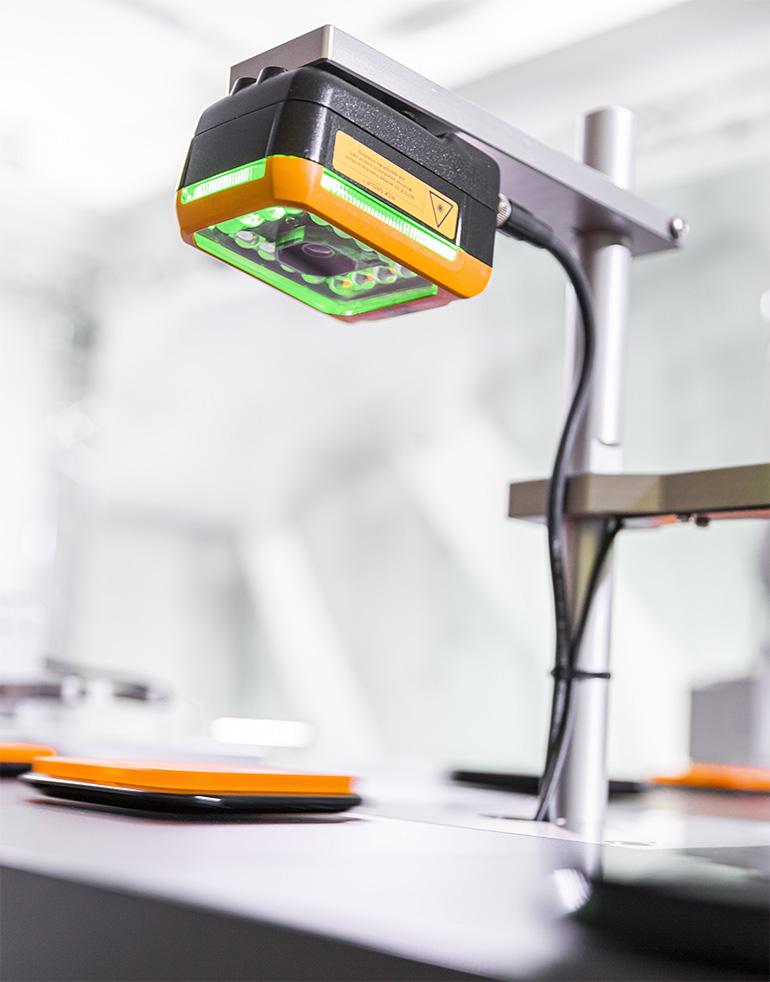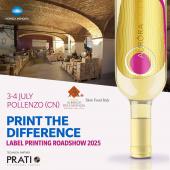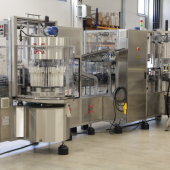Vision systems: a continuous evolution
B&R presents its most recent machine vision solutions
B&R’s vision solution includes not only Smart Sensors, but also image processing algorithms and a series of innovative illuminators, all completely integrated into the automation system. The architecture designed by B&R focuses, therefore, on simplicity, a direct consequence of integration which, in this context, needs also to be considered at software level. There is, in fact, no need for external tools, but control, parameterization and firmware update: all elements integrated into the Automation Studio design environment.
Increasingly high-performance industrial vision
The adoption of a new quad-core processor has allowed B&R to significantly accelerate the performance of all types of industrial vision applications. It’s a technical solution that helps the Smart Sensor to complete vision activities up to four times quicker. The image processing algorithms also benefit from Smart Sensor’s new quad-core processor. The increase in computing power, moreover, makes it possible to halve the cycle time for corresponding applications. With the latest Steady version of the HALCON library, B&R’s artificial vision system now has a just-in-time (JIT) compiler that generates a machine code executable when the application is uploaded.
Deep learning with computing power and energy efficiency
B&R is strengthening its portfolio also with deep learning functionalities. An interesting collaboration of three parties has been established with the vision software specialist MVTec and the processor specialist IA Hailo, with the aim of making the B&R smart camera a powerful and efficient edge device. The artificial vison algorithms based on deep learning are opening up new and exciting ways to improve quality, increase productivity and prevent waste, making production more flexible.
The first product developed in the context of the new collaboration is an optical character recognition function based on Deep OCR deep learning. It’s a functionality capable of remarkably high reading speeds, also on fonts that are otherwise difficult to recognize. Considering that, in general, high-performance deep learning require a powerful processor, Deep OCR also makes it possible to avoid sacrificing on performance.
The critical point of implementing the camera as an edge device is energy consumption. Machine manufacturers today do not need only computation speed, but also energy efficiency, and it’s here that Hailo comes into play: as well as world-class performance of 26 Tera-operations per second (TOPS), the company’s inference accelerators also require remarkably low energy consumption. In short, productions become faster and more adaptable thanks to B&R technology combined with Hailo and MVTech’s know-how.





















